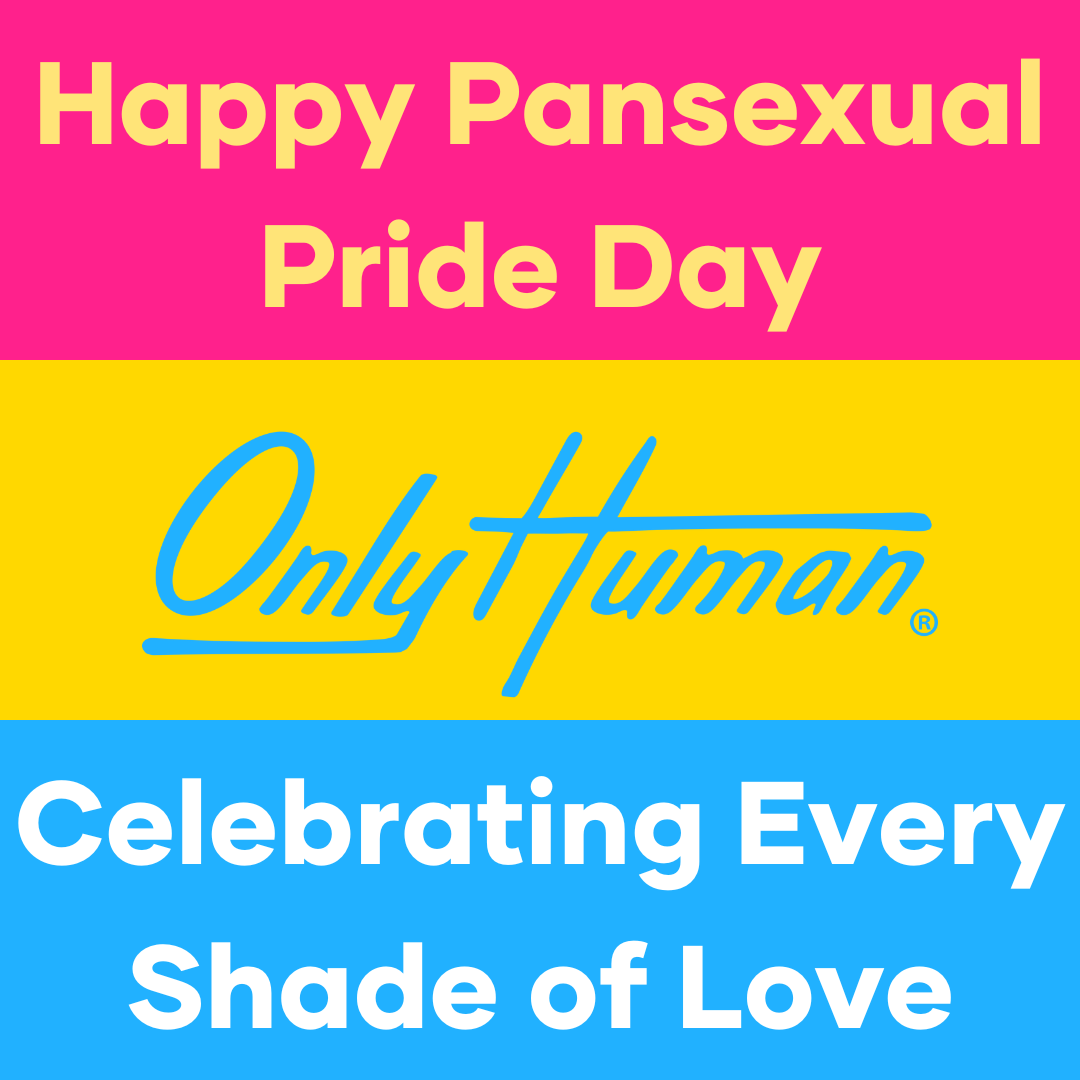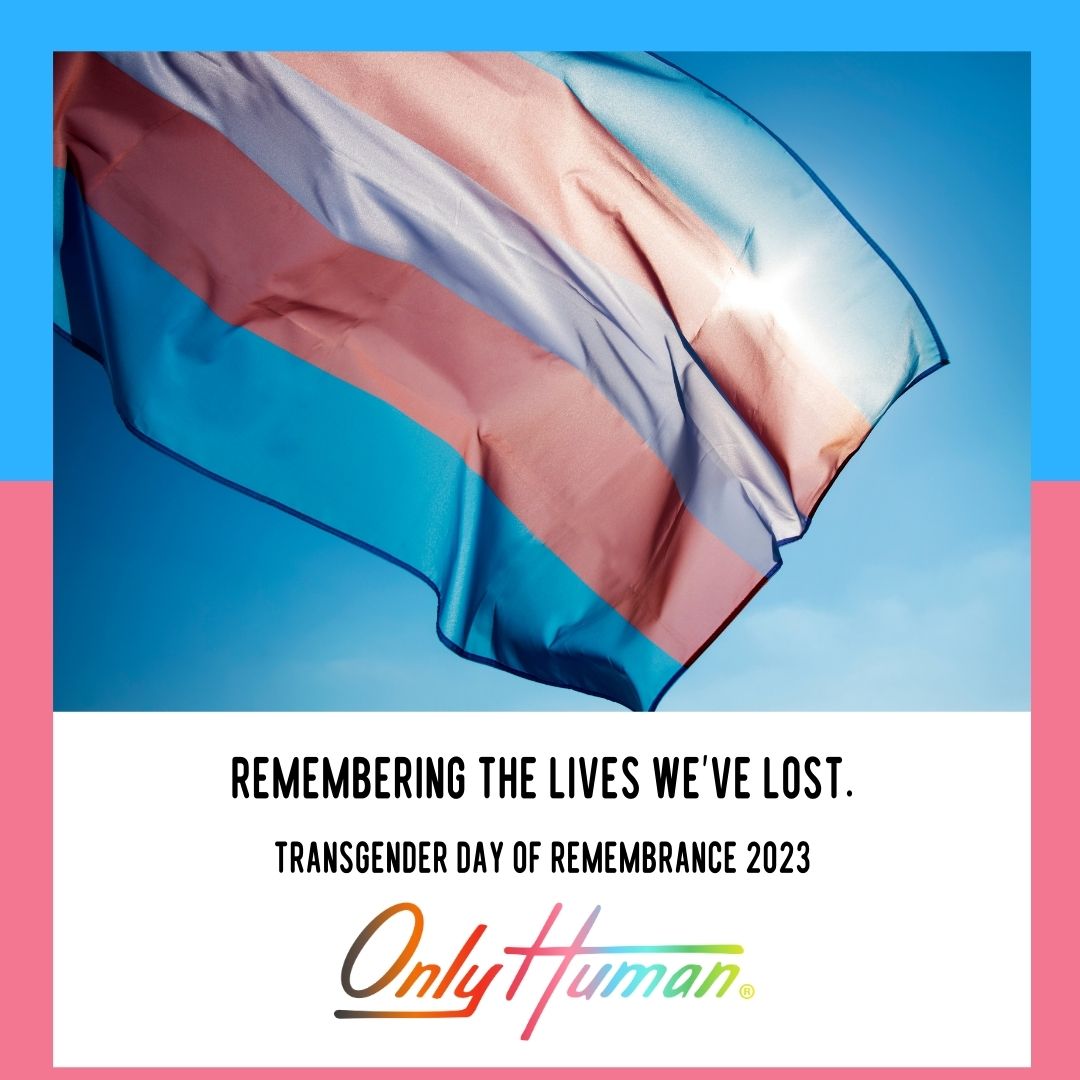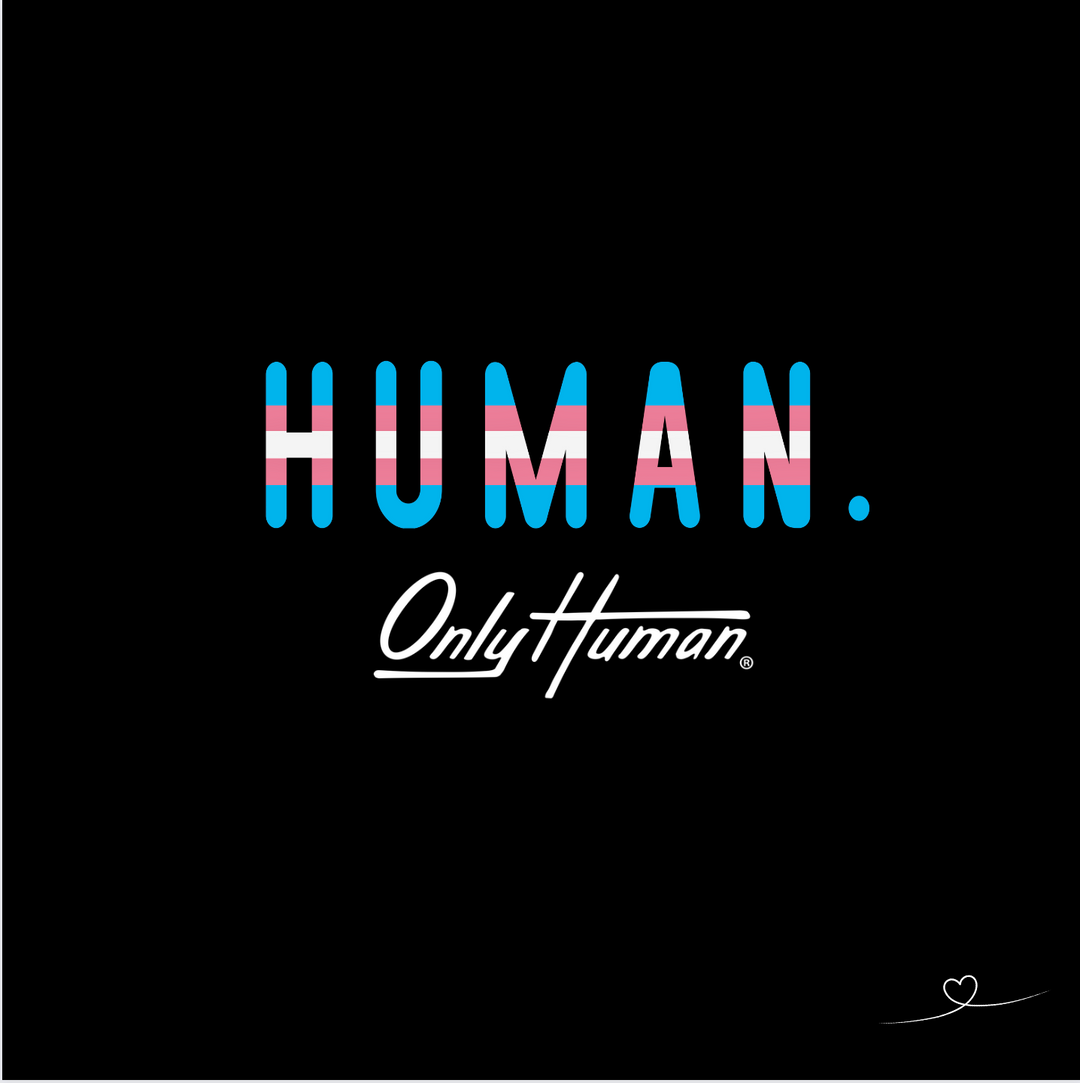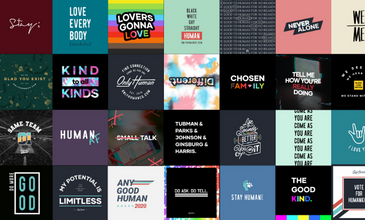Love, Equity, and Rigor

Education, in my opinion, is defined by the success of balance on the part of the educator. A learning community and its educator must value, believe in, embody, and implement a balance between two vital factors: equitable love and academic rigor. This balancing act between the establishment of a learning community dynamic that is inviting for students from all walks of life and the rigors of academic press that supports, teaches, and grows students is one that must not be taken lightly. A learning community must be a place of high expectation, high levels of academic rigor, and high levels of engagement combined with a communal feeling of acceptance, love, and support. A successful learning community cannot have too much of one or the other – it is a precious balancing act, and only through the appropriate weighing of both factors can a learning community find both true and lasting success. It is this combination of love and rigor that truly sets apart normal “classrooms” and true “learning communities.”
My commitment to education began with my undergraduate study of American History, and then my graduate study in teaching students about history in a socially just and equitable fashion. This deeper commitment to a socially just and equitable education that drives the instruction in my learning community. My learning community is one that validates and addresses the social, racial, and gender inequities that are woven throughout our society and in our national history. I make my learning community one of personal experience, grounded in historical literacy practices, that reinforce critical thinking skills necessary to a deeper, overarching understanding of our national narrative.
In my learning community, I pride myself on providing equitable, personal education through an introduction to and consistent use of historical documents from a variety of sources. To have a full understanding of our history, students must develop vital historical literacy skills: sourcing, close reading, contextualization, and corroboration, and must USE those to read about a past that is often white-washed and generalized. It was never enough to have our history students memorize names and dates, and it is no longer enough to teach them to simply read historical sources. We must teach them to use a variety of sources (from letters, memoirs, newspaper articles, journals, photographs, political cartoons, and oral histories) to not only know what occurred in the past, but to see the interconnectedness of our history, the various viewpoints of the majority and minority, to corroborate those narratives with others, and to apply the content and concepts to foster their own understanding of their own personal narrative and understanding our our history. All levels of students must be adequately and appropriately challenged, and collaborated with to keep their education equitable, challenging, and loving.
All learning communities must be grounded in the lives of our students, and as such, must be multicultural in their approach to learning. A holistic understanding of the American narrative must be based in a wide variety of experiences, focused not just on the deeds and actions surrounding the traditional historical figures. A concerted effort must be made to include the narrative of those traditionally left out of our study of American history to show the multicultural foundation our country is built upon. In intentionally including sources like oral histories, journals, interviews and other sources from immigrants, women, African-Americans, and LGBTQA+ citizens, we show our students the American narrative is not one solely built upon the majority. Rather, it is a collective effort by all manner of citizens; a nation built on a foundation that is inclusive of the marginalized to show a full, complete story of America.
To provide an equitable, socially just education, we must show our students the entirety of the American experience. We must do this through the intentional use of historical literacy skills, a purposeful inclusion of the marginalized and underrepresented groups in those sources, and an understanding of the multicultural nature of the 21st Century learning community. Through the proper application of academic rigor founded on those principles, and the equal balance of a learning community founded on love and equity, the education occurring in our schools will be engaging, impactful, and transferrable. With this all students, regardless of color, orientation, identification, creed, ability level, or background can become not just successful academics, but educated, well-rounded citizens of a growing, ever-changing nation prepared to make active and impactful change.










Leave a comment